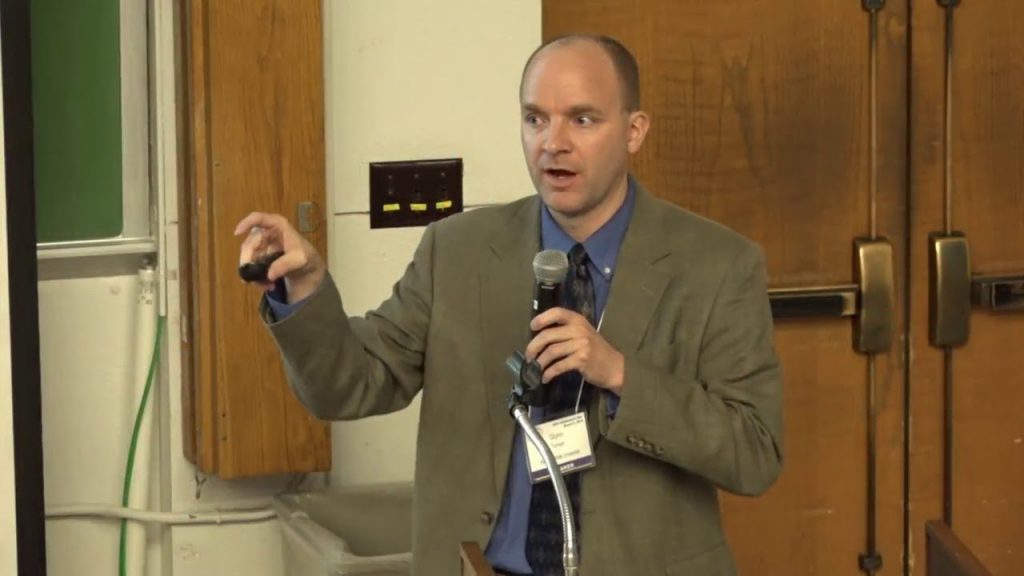
Senior Farm and Ranch Broadcaster, Ron Hays, is visiting with Kansas State University Extension Livestock Market Economist, Dr. Glynn Tonsor, about the latest feedlot closeout numbers and U.S. domestic meat demand.
For the first few months of 2023, Tonsor said feedlots will have good opportunities to make money on the cattle they are selling.
“January through September, we are projecting positive returns, so what I mean by that is cattle leaving the yards in January through September are projected to come out at a net positive,” Tonsor said. “Eighty-eight dollars is the positive number for January, down to about 45 dollars when we got to September.”
Where things peak, Tonsor said, is in the April to June period. Specifically, he added that the May closeouts are currently over 200 dollars per head.
Current projected fed cattle prices and feeder cattle prices, Tonsor said, are higher than a year ago. The projected revenue is growing higher than the cost, he added.
“Cost of gain is expected to improve,” Tonsor said. “Still be high by a historical standard, but coming off some of the very high levels, and that is helping some of these margins as well in the next few months.”
It is important to note that these closeouts could be further enhanced by risk management. Risk management calculations are not included in the closeouts that Tonsor is putting together.
Tonsor also talked about the meat demand, which he said is down a bit.
“We closed the year, 2022, with meat demand slipping,” Tonsor said.
Specifically, Tonsor said, there is less demand for grocery store proteins that consumers prepare at home along with food service.
“December compared to November, domestic meat demand was weaker for most categories,” Tonsor said. “There was a couple that were flat. So, pork chop and chicken breasts were flat, so there was no big change. Ribeye steak, ground beef, and bacon were all down compared to November on the retail side.”
Foodservice in every category he tracks, Tonsor said, was weaker than in November.
“December of ‘22 demand was weaker than December of 2021, so the prior year demand, for everything we track,” Tonsor said. “Consumer willingness for meat to take it home or for an entre at a restaurant was down.”
Tonsor said much of this can be credited to how U.S. consumers feel about their financial status.
“U.S. residents ended 2022 more pessimistic about their household finances than we not only ended 2021, but more importantly than even how we ended 2020,” Tonsor said.
This past December, when asking U.S. consumers how 2022 compared to 2021, Tonsor said, only 19 percent said they are better now than the year before. In 2021, Tonsor said that statistic was 24 percent.
When asking consumers to look forward into 2023, Tonsor said only 29 percent expect things are going to improve, and 23 percent believe things will be worse.
“There is a lot of pessimism in U.S. households regarding their finances, and I think that is what is driving a lot of the pullback on domestic meat demand,” Tonsor said.
Tonsor noted that U.S. consumers still enjoy the quality of meat products, but many do not have the purchasing power to buy those products as frequently.
The Beef Buzz is a regular feature heard on radio stations around the region on the Radio Oklahoma Ag Network and is a regular audio feature found on this website as well. Click on the LISTEN BAR for today’s show and check out our archives for older Beef Buzz shows covering the gamut of the beef cattle industry today.















